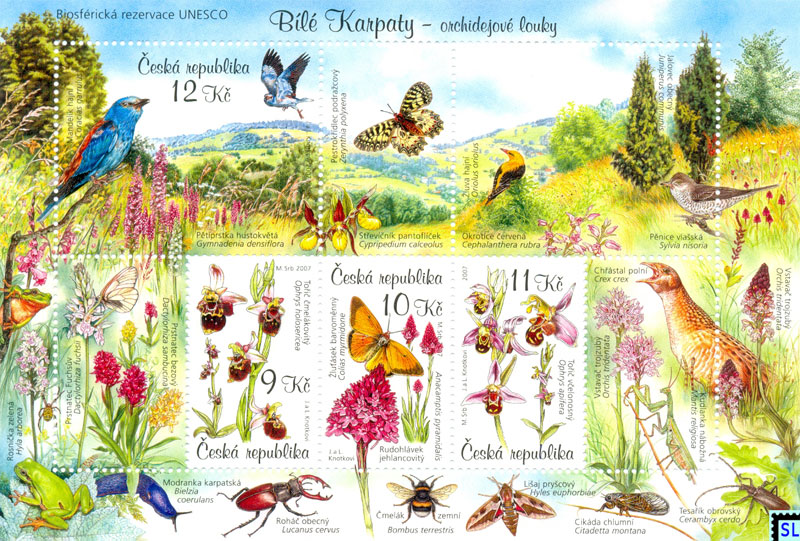Much of England’s best-loved wildlife remains in serious decline, according to the latest official assessment from the government. Birds and butterflies on farmland have continued their long term downward trend and 75% of over 200 “priority” species across the country – including hedgehogs, dormice and moths – are falling in number. The Natural Environment Indicators for England also showed that water quality has fallen in the last five years, with just one in five rivers and lakes having high or good status, and the amount of time given by conservation volunteers has also fallen. However, the sustainability of fisheries has improved, as has the amount of carbon locked up in forests and litter in the seas has begun to decline. The indicators were established by the government’s Natural Environment white paper in 2011, which said it would “put right damage done in previous years” by placing “the value of nature at the centre of the choices our nation must make”.
“This report paints a pretty grim picture of how our wildlife is faring in the countryside,” said Sandra Bell, at Friends of the Earth. “Added to recent new evidence that wild bees have been harmed by neonicotinoid pesticides, it’s clear that if we want to enjoy a thriving natural environment big changes are needed to our farming system. This must be a priority for the government as part of its Brexit strategy.”
Source: The Guardian, 26 August 2016
https://www.theguardian.com/environment/2016/aug/26/englands-best-loved…

- Login om te reageren
